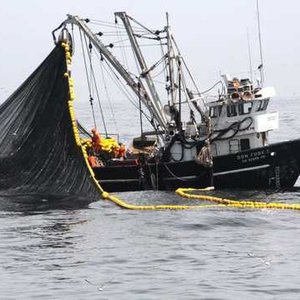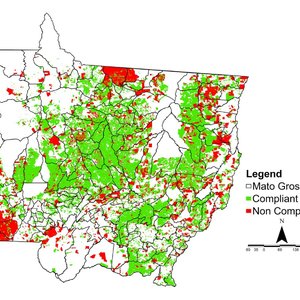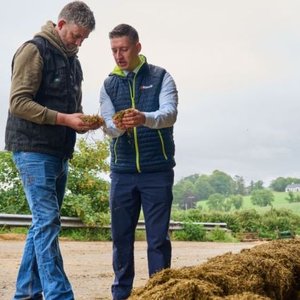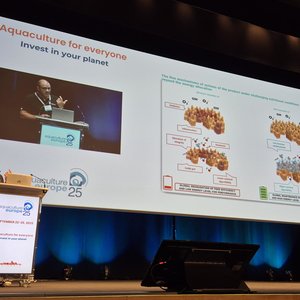A world of diversity

Yeasts are single-cell, eukaryotic microorganisms classified in the fungi kingdom. They are generally around 10μm in size and have a nuclear membrane and cell walls. There are about 60 different genera of yeasts, comprising around 500 species. Only a few of these species are used commercially. Saccharomyces cerevisiae is the predominant microorganism used in food, beverage, baking, and animal and aquafeed due to its exceptional fermentative capacities and nutritional properties. Within this species, there are thousands of different strains, each with unique properties, carefully selected for specific applications in animal feed.
Sources of yeast diversity
Genetics is the first source of yeast product diversity, followed by industrial processes. Various forms of yeast products can be used in animal feed, each with its own benefits and applications. These include live active yeast used as probiotics, whole inactive yeast enriched with specific nutrients like selenium, yeast extracts (the soluble fraction of inactive yeast, rich in nutrients), and yeast cell walls (YCW), the insoluble fraction, a source of mannan oligosaccharides (MOS) and beta-glucans.
Choosing the right yeast product
Selecting a reliable supplier that controls the product from strain selection to final formulation is crucial to ensure the quality, consistency, and efficacy of the functional ingredient and feed.
Multifactorial approach to fish challenges, welfare, and sustainable farming
Throughout their rearing cycle, fish are exposed to various external factors threatening the integrity and proper functioning of the gut and skin mucosa. These factors include sudden variations in water quality, pathogen blooms, non-infectious harmful agents, and necessary management practices like handling and transportation. These insults are cumulative, resulting in complex and progressively aggravating conditions at the gut and skin level. When these protective barriers are compromised, normal physiological functions cannot be maintained, immunity is breached, and health and performance are compromised. These challenges are a major threat to production schedules, cost, and quality targets, thus to the sustainability of modern fish farming.
Optimal strategies for fish health
Optimal strategies should focus on prevention: measures that improve the robustness of the fish mucosa, increase immune surveillance, minimize stress, or improve resistance to stressors. This is followed by intervention measures to stimulate the immune response and recovery, improving resilience to disease or injuries, quicker wound healing, and restoration of optimal feed intake.
Yeast products in fish farming
Recent research indicates that specific yeast products can contribute to this overall strategy:
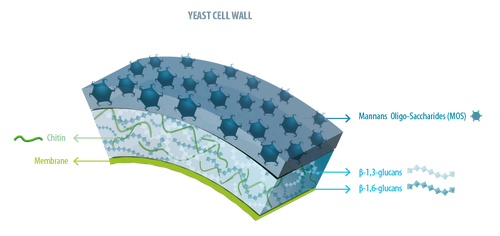
- Whole YCW (OPTIWALL): As a source of MOS, it helps increase gut and skin robustness through mechanisms like increasing gut maturity and skin mucus excretion and quality. Continuous dietary supplementation with well-documented whole YCW benefits is an essential preventive health strategy.
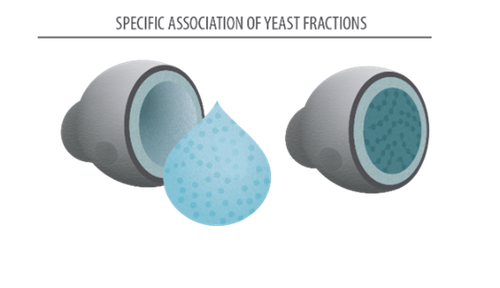
- Multi-strain Yeast Fraction (YANG): Developed for its ability to elicit broad and balanced immune modulation through synergistic effects on immune receptors, this product has shown benefits in facilitating and speeding up skin wound healing and is particularly beneficial during transfer-time and handling periods.
- Yeast Beta Glucans (M-Glucan): Described as ideal immunostimulants for aquaculture, they mimic an infection ahead of its actual onset, speeding up disease response and immune memory acquisition, improving vaccine response. These products should be applied during high disease risk periods.
Application of yeast products
Specific yeast products are adapted to formulate functional feeds to address challenging phases of fish farming where mucosal barrier damage and stress pose a threat to fish health and performance. Depending on local conditions and selected strategies, they can be applied continuously as preventive measures, punctually as intervention tactics, or in combination as an all-around protection strategy.
Lallemand's expertise in aquaculture
Lallemand is a pioneer in developing specific microbial solutions for aquaculture. From the first authorized probiotic in the European Union to a broad range of yeast-based solutions for all aquatic farmed species, Lallemand has long been part of developing preventive health solutions supporting sustainable aquaculture practices. With a dedicated team of aquaculture specialists, Lallemand focuses on microbial ecosystem management and microbe-host interaction to maximize fish natural defenses, maintain optimal rearing conditions, ease management, and optimize production performance. Partnering with leading research organizations, Lallemand fosters innovation and new ideas, using sound science and proven results to select and apply the right microbial strains for the greatest impact on production.
For more information, please visit lallemandanimalnutrition.com





